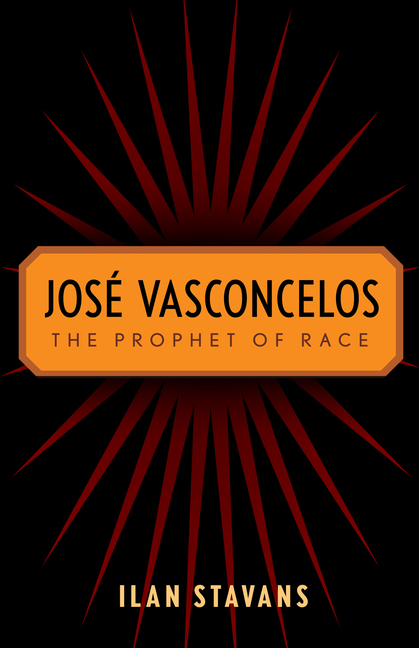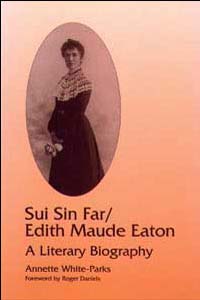For Obama, Estranged in a Strange Land, Aloha Had Its Limits
The New York Times
2007-04-09
Lawrence Downes
Reporters have been shuttling across the Pacific lately in search of the early chapters of Senator Barack Obama’s life story. Their guidebook is his memoir, “Dreams From My Father,” in which he describes his adolescence in Honolulu—where he was born and lived through high school, except for a few years in Indonesia—as a difficult time marked by drug use, disaffection and a painful search for identity.
The New York Times listed the ingredients of his young psyche as “racial confusion,” “feelings of alienation” and “disquietude.” The Los Angeles Times suggested that it was not just angst, but boiling angst.
Sounds oddly bleak, doesn’t it? Angst boils up in most people at some point in life, but if there were any place the son of a Kansan and a Kenyan could have fit in, wouldn’t it have been Hawaii? If there is a heaven, it probably looks a lot like Oahu, and the happy souls in it probably go around talking like our national spokesman for racial relaxation, Senator Obama.
So who was this brooding Barry, taking lessons in African-American swagger from a black high-school buddy, Ray, studying black nationalism and going to black parties on Army bases?
His struggle may seem strange in that setting, but the setting itself was strange. Hawaii, where I also grew up in the 1970’s, is famously mellow about race and ethnicity. It’s what you would expect from an ocean crossroads populated by Polynesians and early-20th-century plantation immigrants from across the globe. But tolerant is not the same as oblivious. Hawaii is acutely conscious of—you could say hung up on—racial, ethnic and cultural differences…
…Beyond that, his parents—University of Hawaii graduate students—and his Kansas grandparents, who helped raise him after his father returned to Africa, had no roots in the local culture. He lived in a state that, then as now, had a minuscule African-American population. He seems to have been surrounded by people who knew just enough about black America to be stupidly insensitive, and his family couldn’t help him.
“I was engaged in a fitful interior struggle,” he wrote. “I was trying to raise myself to be a black man in America, and beyond the given of my appearance, no one around me seemed to know exactly what that meant.”
In one sense, he wasn’t alone. Being black isn’t common in Hawaii, but being biracial is. There’s a Hawaiian word for it—hapa, or half—that traditionally refers to combinations of white with Hawaiian or Asian, though many use it for any racial blend. Being hapa is hardly cause for discrimination in mixed-up Hawaii, but it can be problematic. Dwelling on it can tie a person in knots. It can be disorienting to feel forced to choose between identities when you are both and neither. It can be infuriating to be stared at by people trying to puzzle out what you are…
Read the entire article here.


